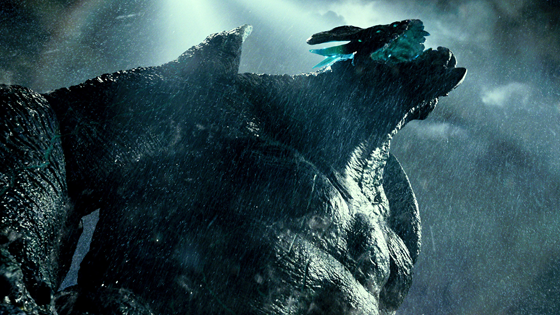One of the SOLAR SYSTEM’S LARGEST VOLCANOES is on Earth. KAIJU INC.
Fuck you, Non-Earth based volcanoes up in our solar system. We got the game on lockdown. Apparently underneath our Pacific Ocean lurks a 120,000 square mile giant. And if you don’t think this is the inter-dimensional portal from Pacific Rim, you’re dumb. Dumb!
Scientists have discovered a staggering colossus that once spewed fire but now slumbers deep in the Pacific Ocean. Sadly it’s not Godzilla, but it is a volcano with a footprint comparable to Olympus Mons on Mars, the largest volcano in the solar system.
Covering an area of 120,000 square miles, which makes it about the size of New Mexico or the British Isles, the formation dubbed Tamu Massif is one of the biggest ever found, according to a study led by University of Houston professor William Sager.
“We show that the Tamu Massif is a single, immense volcano, constructed from massive lava flows that emanated from the volcano center to form a broad, shield-like shape,” Sager and colleagues write in Nature Geoscience (PDF).
“We suggest that the Tamu Massif could be the largest single volcano on Earth and that it is comparable in size to the largest volcano in the solar system, Olympus Mons on Mars.”
Hawaii’s Mauna Loa, the largest active volcano on Earth, is taller than Tamu Massif but has only about 2 percent of its area.
Located 1,000 miles east of Japan, the gently sloping Tamu (an acronym for Texas A&M University, where Sager worked) is part of an underwater mountain range called the Shatsky Rise that was formed 130 million to 145 million years ago.
Tamu’s summit is roughly 6,500 feet below the ocean’s surface. Most of the formation is thought to be in waters that are nearly 4 miles deep.





